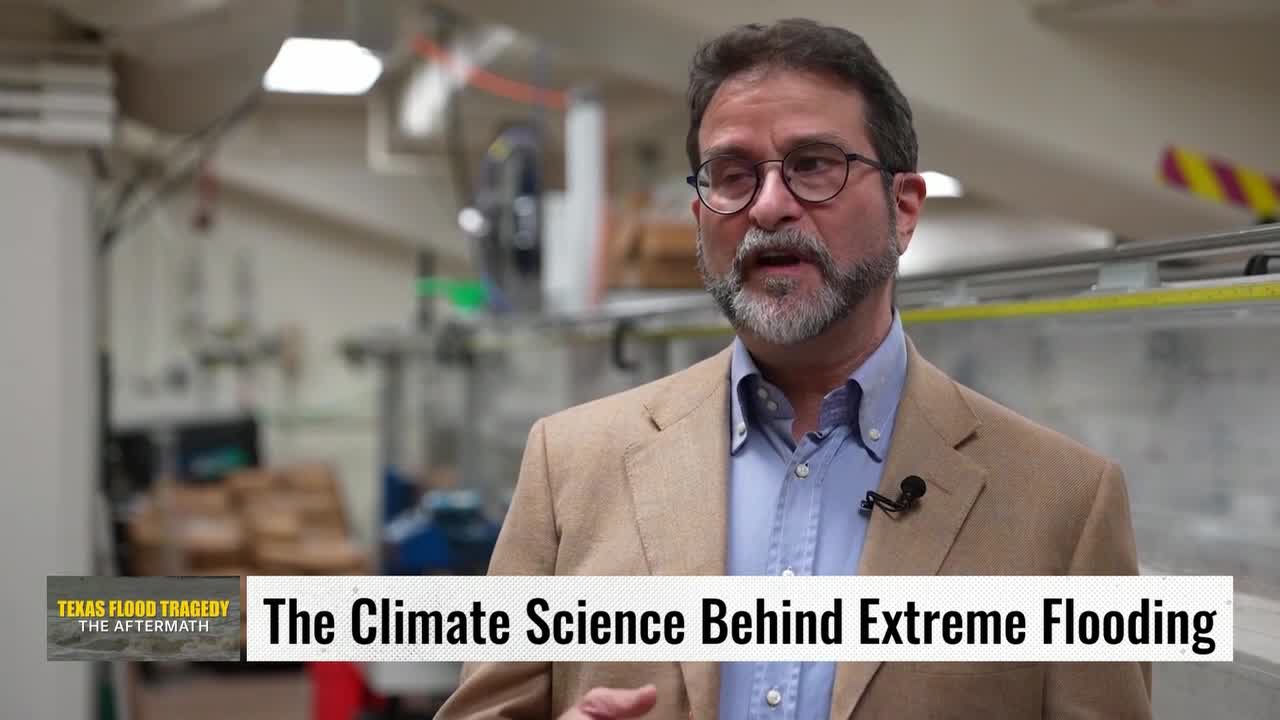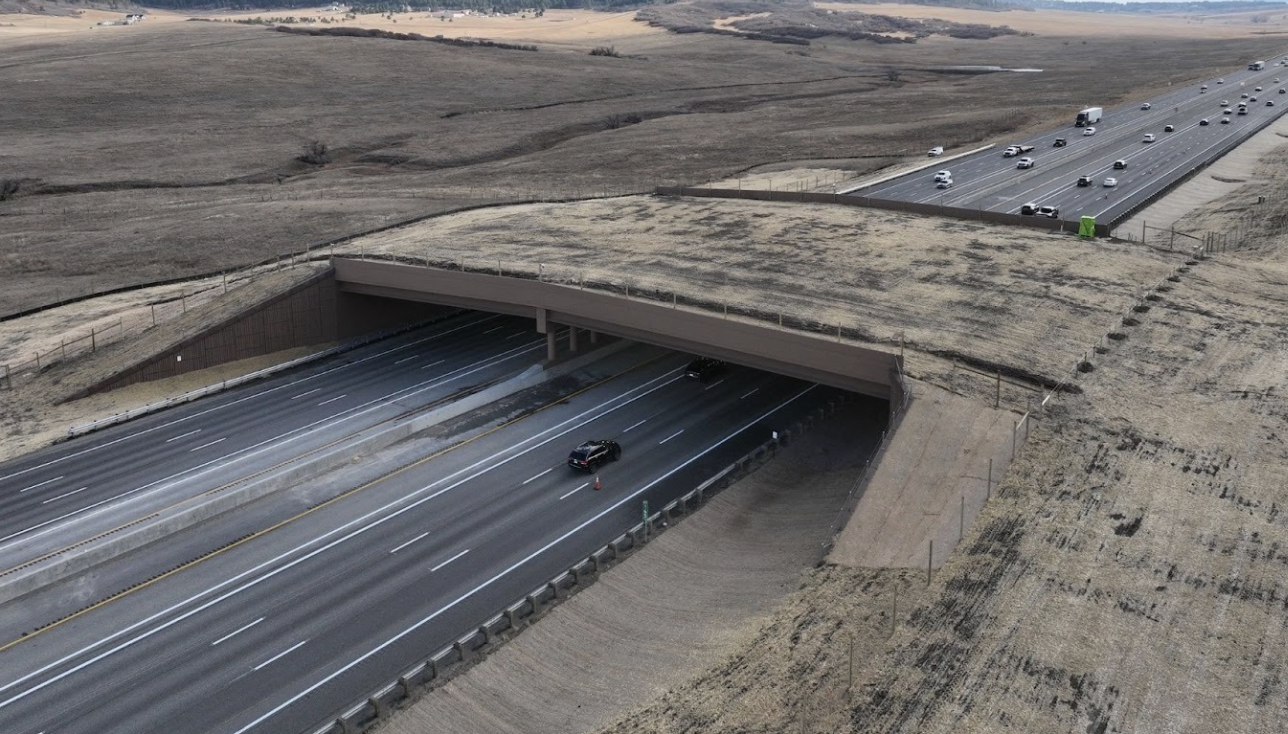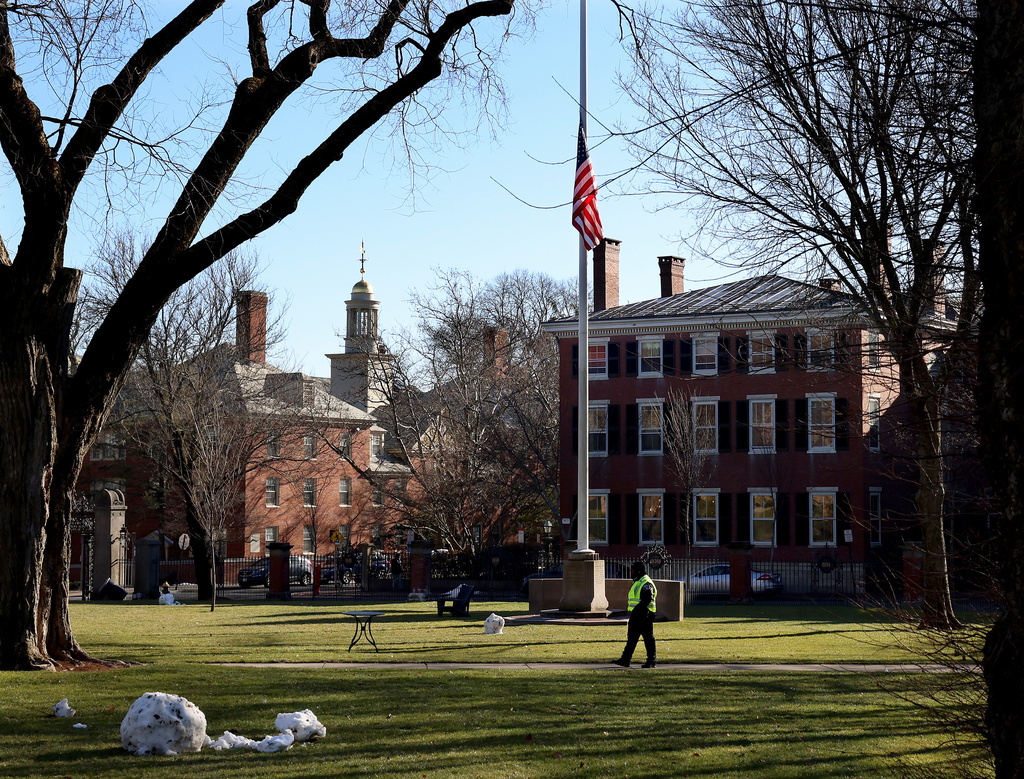As floodwaters surged through Texas earlier this month, scientists were quick to point to a sobering reality: These disasters aren't just flukes; they're a glimpse into our climate future.
Though Texas is no stranger to flash floods, researchers say the sheer intensity and frequency of recent storms across the country point to a growing pattern tied directly to climate change.
"We're getting more intense precipitation: more rain in a shorter amount of time, and it's overwhelming our stormwater infrastructure," said Aaron Packman, a civil environmental engineering professor with Northwestern University's Water Research Center.
The storm system that deluged central Texas wasn't isolated. That same week, flash floods tore through parts of New Mexico, North Carolina and even Chicago.
Some of these events were dubbed "1,000-year floods" — a term that used to mean there was just a 0.1% chance of that much rain falling in any given year. But that label is quickly becoming outdated due to the impacts from climate change.
RELATED STORY | Texas county's top leaders were asleep, out of town during initial hours of flood crisis
"What we're seeing now are extreme events happening much more frequently," Packman explained. "That doesn't get captured by the existing historical statistics."
Why the shift? It starts with rising global temperatures.
When fossil fuels like coal, oil and gas are burned, they release carbon dioxide (CO2) into the atmosphere. This greenhouse gas traps heat that would otherwise escape into space. Warmer air means warmer oceans, and both hold more moisture. That moisture gets released in the form of more powerful storms.
"This leads to weather pattern changes, which leads to more catastrophic weather events, such as ones we've been seeing more recently," said Justin Freiberg, the managing director of the Carbon Containment Lab, which explores solutions to remove, store or prevent greenhouse gas emissions.
"A pretty simple analogy helps explain this: If you think of our atmosphere as a bathtub, traditionally before industrialization, the faucet that was pouring water into the bathtub was relatively in balance with the drain that was letting water out of the bathtub. The level of water in the bathtub stayed where it should be. It was not overflowing," Freiberg explained. "In the last hundred years, we've essentially increased the flow out of the faucet without increasing our drainage capacity. So we have more and more CO2 going into the atmosphere, and the tub is filling up. Sooner or later, it's going to overflow. And that's what these damages are."
RELATED STORY | Austin Pets Alive helps with animal rescue in flooded Texas communities
And it's not just CO2. Freiberg warns of "super pollutants" like methane and refrigerants used in air conditioners and industrial processes.
"These tend to be thousands of times more powerful than CO2, though they last for less time in the atmosphere," Freiberg told Scripps News. Referring back to the bathtub analogy, "it's like a kid jumping in the tub. It displaces a lot of water, overflowing onto the bathroom floor. But the kid might get out of the tub. These things last for less time, but because of centuries of emissions, the damage is pretty immediate and the water is so high in the bathtub."
These factors and rising temperatures also contribute to increased drought. Kerr County, Texas, where some of the worst flooding occurred, had been experiencing "extreme to exceptional drought" in the weeks leading up to the storm, according to the U.S. Drought Monitor. Drier ground, hardened by heat and water loss, can't absorb rain as efficiently. So when heavy rains fall, they run off rapidly and fuel flash floods.
These climate dynamics pose a growing challenge for infrastructure across the country, which Packman says needs to be addressed in tandem with climate mitigation solutions.
"We can absolutely reduce the impacts of climate change, especially in the U.S. We already have a lot of stormwater infrastructure, we have good data collection and monitoring systems," Packman told Scripps News. "What we need to expect is there will be more floods in the future. We need to prepare for them, have better data availability and design infrastructure specifically for future conditions. I wish we had real-time data systems tied to forecasting so we could get better warnings. The National Weather Service does give warning, but it may come once or maybe a couple times a day. Real-time warnings could tell you when there's a storm in your area and when it's going to hit."
Solutions include building out more resilient stormwater systems, expanding green spaces and investing in data collection. Packman emphasized that federal support is critical for making those investments. But with political uncertainty and proposed budget cuts looming, some scientists are concerned that reduced funding could increase vulnerability to future disasters.
Meanwhile, mitigating future risks will require deeper action to reduce emissions, said Freiberg.
"We can decarbonize and increase the drainage capacity," Freiberg said. "This is often seen as a version of scaling up what nature already does by planting more trees, for example, or via engineered solutions like direct air capture through giant fans that suck CO2 out of the air."
ADDITIONAL REPORTING | Texas nonprofit works to distribute over $60 million in donations to flood victims
There are also hybrid solutions, combining natural effects with engineered solutions. Permanent carbon removal technology is in the works as well, but Freiberg noted it is both nascent and expensive.
"We need to buy ourselves time to develop that," Freiberg explained. "Government support here is huge, to get these small technologies ready for field-scale deployment."
However, the EPA this week announced a proposal that argues the agency doesn't have the authority to regulate greenhouse gases, looking to overturn the "endangerment finding." This was defined in 2009 and effectively allows the federal government to take actions to fight climate change, specifically determining that pollutants from fossil fuels can be regulated under the Clean Air Act.
It's expected to face legal challenges, but if the proposal goes through, it would be another step in President Donald Trump's attempt to roll back former President Joe Biden's climate agenda and make it more difficult for future administrations to limit greenhouse gas pollution.












